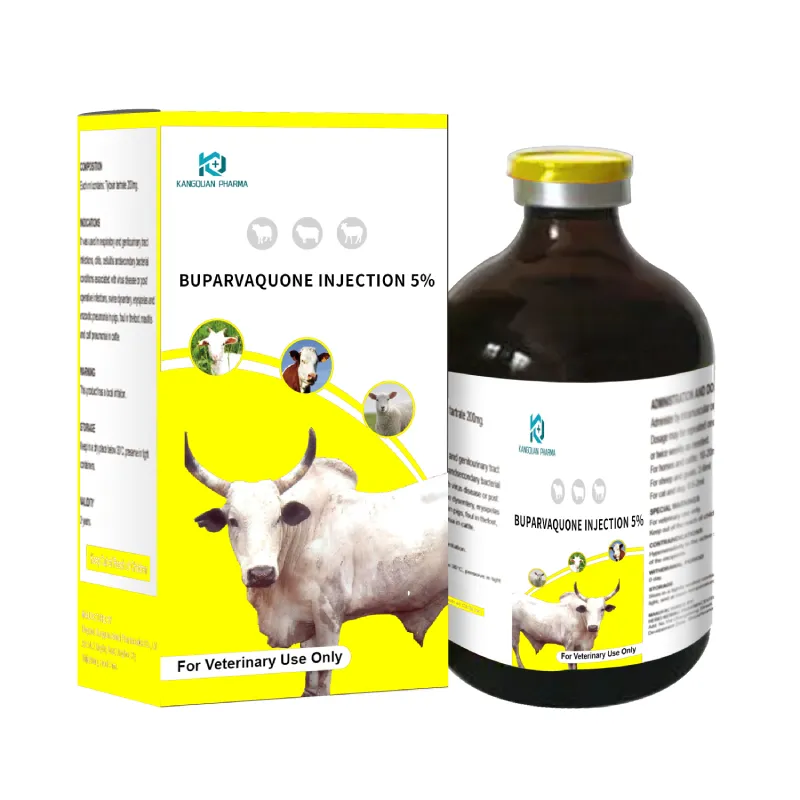- Afrikaans
- Albanian
- Amharic
- Arabic
- Armenian
- Azerbaijani
- Basque
- Belarusian
- Bengali
- Bosnian
- Bulgarian
- Catalan
- Cebuano
- Corsican
- Croatian
- Czech
- Danish
- Dutch
- English
- Esperanto
- Estonian
- Finnish
- French
- Frisian
- Galician
- Georgian
- German
- Greek
- Gujarati
- Haitian Creole
- hausa
- hawaiian
- Hebrew
- Hindi
- Miao
- Hungarian
- Icelandic
- igbo
- Indonesian
- irish
- Italian
- Japanese
- Javanese
- Kannada
- kazakh
- Khmer
- Rwandese
- Korean
- Kurdish
- Kyrgyz
- Lao
- Latin
- Latvian
- Lithuanian
- Luxembourgish
- Macedonian
- Malgashi
- Malay
- Malayalam
- Maltese
- Maori
- Marathi
- Mongolian
- Myanmar
- Nepali
- Norwegian
- Norwegian
- Occitan
- Pashto
- Persian
- Polish
- Portuguese
- Punjabi
- Romanian
- Russian
- Samoan
- Scottish Gaelic
- Serbian
- Sesotho
- Shona
- Sindhi
- Sinhala
- Slovak
- Slovenian
- Somali
- Spanish
- Sundanese
- Swahili
- Swedish
- Tagalog
- Tajik
- Tamil
- Tatar
- Telugu
- Thai
- Turkish
- Turkmen
- Ukrainian
- Urdu
- Uighur
- Uzbek
- Vietnamese
- Welsh
- Bantu
- Yiddish
- Yoruba
- Zulu
Dec . 11, 2024 10:03 Back to list
Understanding the Pain-Relieving and Fever-Reducing Properties of Paracetamol
Paracetamol An Overview of Its Analgesic and Antipyretic Properties
Paracetamol, also known as acetaminophen, is one of the most widely used medications for relieving pain and reducing fever. Known for its efficacy and safety profile, paracetamol has become a staple in both over-the-counter (OTC) and prescription medications. This article will explore the analgesic and antipyretic properties of paracetamol, its mechanism of action, and important considerations regarding its usage.
Analgesic Properties
As an analgesic, paracetamol is effective in alleviating mild to moderate pain. This includes headaches, toothaches, muscle aches, arthritis, and pain associated with common colds. Unlike nonsteroidal anti-inflammatory drugs (NSAIDs) such as ibuprofen and aspirin, paracetamol does not possess significant anti-inflammatory properties. However, its ability to reduce pain makes it a preferred choice for many individuals, particularly those who may be sensitive to the gastrointestinal side effects commonly associated with NSAIDs.
The analgesic effect of paracetamol is often achieved without the risk of addiction that is prevalent with some narcotic pain relievers. This makes paracetamol particularly suitable for long-term management of pain, allowing patients to maintain a good quality of life without the side effects or dependency issues associated with stronger pain medications.
Antipyretic Properties
Paracetamol plays a vital role in the management of fever, acting as an antipyretic agent. When the body temperature rises due to infection or inflammation, the hypothalamus—a part of the brain that regulates temperature—becomes activated. Paracetamol works to lower fever by inhibiting the production of prostaglandins, chemicals that promote fever and inflammation.
In cases of viral or bacterial infections, fever can be a natural defense mechanism that enhances the body’s immune response. However, elevated body temperatures can also lead to discomfort or complications in some individuals, especially children. Paracetamol is frequently recommended for use in children due to its safety profile and effectiveness in controlling high fevers.
analgesic antipyretic paracetamol

Mechanism of Action
The exact mechanism of action of paracetamol is not fully understood, but it is believed to involve the inhibition of the enzyme cyclooxygenase (COX), particularly COX-2, involved in prostaglandin synthesis. Unlike NSAIDs, which inhibit COX-1 and COX-2 and can lead to gastrointestinal bleeding and ulcers, paracetamol primarily acts in the central nervous system, limiting its peripheral side effects.
Recent studies have suggested that paracetamol may also exert effects on the endocannabinoid system, further enhancing its analgesic properties. This unique action provides an important alternative for individuals who may not tolerate typical NSAIDs well.
Safety and Dosage
Paracetamol is considered safe for most populations when used as directed. However, it is essential to adhere to the recommended dosages to avoid potential risks, particularly liver damage associated with overdoses. The maximum daily dose is generally set at 4,000 mg for adults; exceeding this limit can lead to severe side effects and even acute liver failure.
People with chronic liver disease, alcohol dependence, or those taking other medications that affect the liver should consult a healthcare provider before using paracetamol. Moreover, while paracetamol is commonly used for treating symptoms, it is important to remember that it does not cure underlying conditions causing pain or fever.
Conclusion
Paracetamol remains a cornerstone in the treatment of pain and fever due to its significant analgesic and antipyretic properties. With a favorable safety profile, it is suitable for wide-ranging populations. However, awareness of proper dosages and potential interactions with other medications is crucial for safe administration. As healthcare continues to evolve, paracetamol will likely remain an indispensable tool in managing pain and fever effectively, enhancing the quality of life for countless individuals worldwide.
-
Guide to Oxytetracycline Injection
NewsMar.27,2025
-
Guide to Colistin Sulphate
NewsMar.27,2025
-
Gentamicin Sulfate: Uses, Price, And Key Information
NewsMar.27,2025
-
Enrofloxacin Injection: Uses, Price, And Supplier Information
NewsMar.27,2025
-
Dexamethasone Sodium Phosphate Injection: Uses, Price, And Key Information
NewsMar.27,2025
-
Albendazole Tablet: Uses, Dosage, Cost, And Key Information
NewsMar.27,2025













